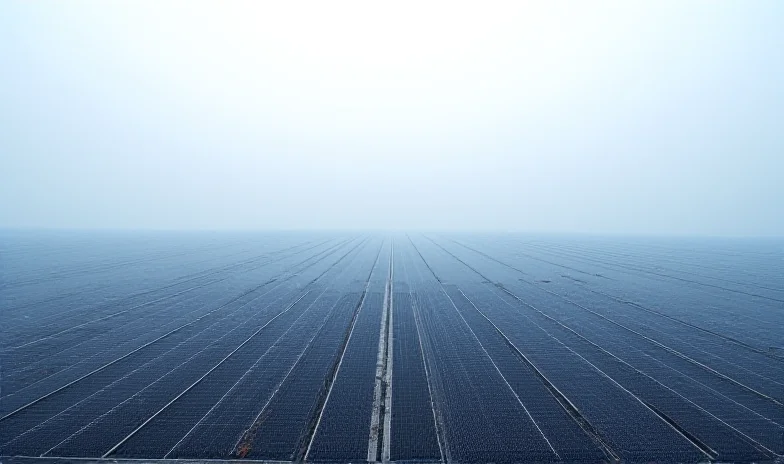China is grappling with a series of complex challenges related to its energy policy and the rapidly evolving landscape of artificial intelligence. From struggling to meet carbon intensity targets despite its booming clean energy sector, to debating mandatory labeling for AI-generated content, the country is at a critical juncture.
The Green Energy Paradox
China's ambition to become a global leader in green energy is undeniable. The clean energy sector has become a significant engine of economic growth. However, a paradox has emerged: the very production of solar panels and wind turbines requires substantial energy, often derived from traditional, carbon-intensive sources. This has contributed to China missing its carbon intensity reduction targets for 2024.

One expert, NPC deputy Liu Hanyuan, founder of Tongwei Group, believes China could potentially eliminate its reliance on foreign oil imports within the next two decades. He points out that historically, China has prioritized energy generation while neglecting the development of robust energy transmission infrastructure.
"In the past, China has tended to focus on generation and neglect transmission," states Liu Hanyuan.
Growing Calls for AI Transparency
The rise of sophisticated AI models like DeepSeek has ignited a debate in China regarding the need for compulsory labels on AI-generated content. While Beijing has already implemented some measures to regulate the AI space, the rapid advancement of these technologies is prompting calls for more stringent regulations.

The push for mandatory labeling aims to increase transparency and accountability around AI-generated content, helping users distinguish between authentic and synthetic media. This is seen as crucial in combating misinformation and ensuring public trust in the digital realm.

ASEAN Defense Integration: A Malaysian Proposal
Beyond China, Malaysia has recently renewed its call for greater integration of ASEAN defence industries. However, analysts suggest that significant hurdles exist due to the varying levels of defence industrial development among ASEAN member states. This disparity could potentially impede the success of Malaysia’s proposal for closer collaboration.
The varying levels of industrial development are a significant obstacle. Will ASEAN be able to bridge this gap? Only time will tell.

